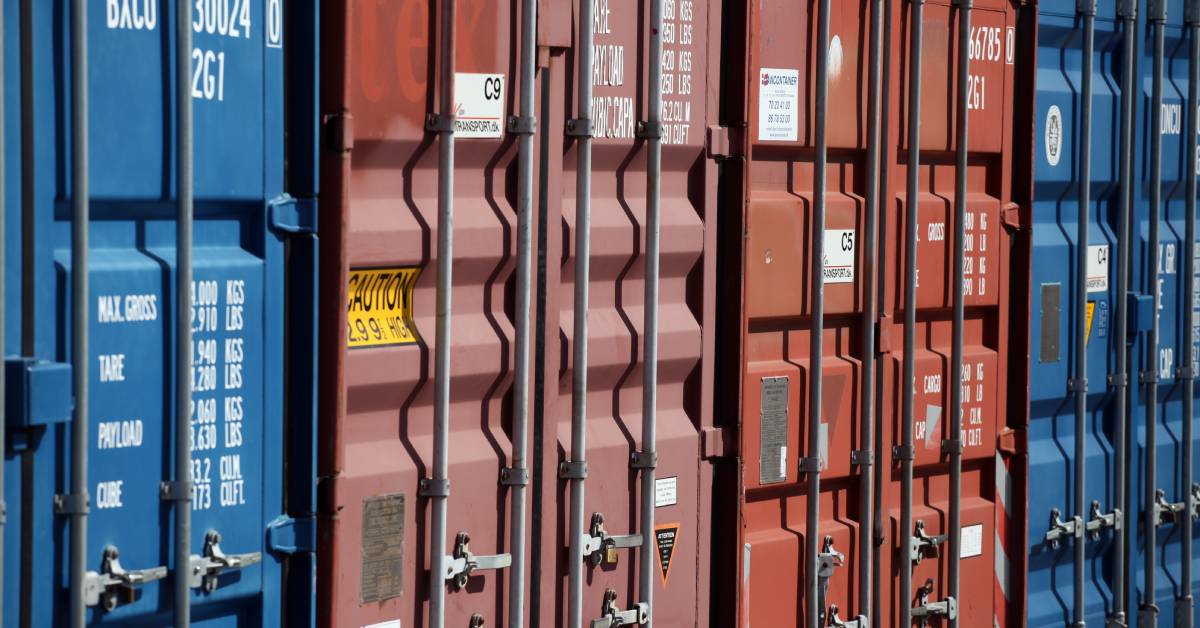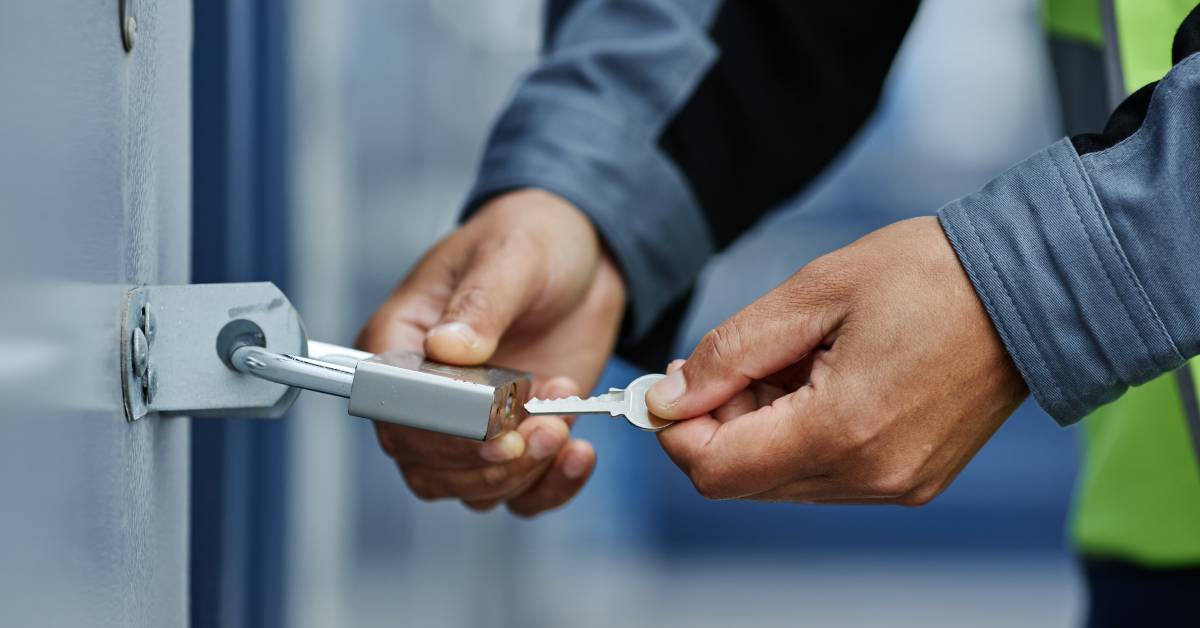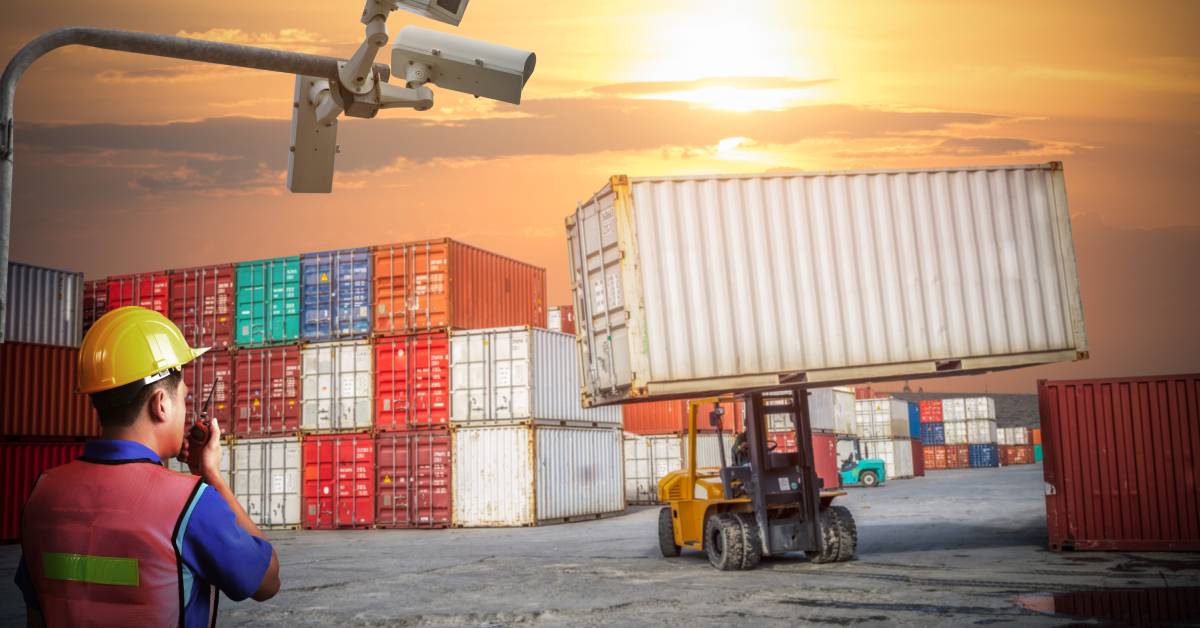How To Keep Your Shipping Containers Secure

Shipping containers can transport valuable goods and act as storage units, but without proper safeguards in place, they can become targets for theft or unauthorized access. Thankfully, you can keep your shipping containers secure with practical measures such as heavy-duty padlocks and surveillance systems.
Modify the Container Structure
Strengthening the physical structure of your container adds a layer of security. Installing metal liners made of steel or aluminum inside your container fortifies its walls and deters intruders. Steel liners provide excellent resistance against grinders and saws, while aluminum combines strength with lightweight construction.
Additionally, installing a second set of doors inside the container creates a double barrier for thieves to overcome. The first set slows them down, while the second makes gaining access more challenging. This strategy also allows you to install additional locking mechanisms between the outer and inner doors. For example, you can secure the inner door with reinforced padlocks and tamper-proof hinges, while the outer door has a lock box.
Physically anchoring your container prevents thieves from moving it to a less secure area or hauling it away. You can bolt the container onto a concrete slab or secure it using ground anchors for added stability.
Use Heavy-Duty Padlocks To Deter Intruders
A heavy-duty padlock can keep your shipping containers secure by withstanding cutting, picking, and prying attempts. It also acts as a visible deterrent. However, the padlock’s material plays a crucial role in its durability and security.
American-made padlocks with hardened steel or alloy metals stand strong against bolt cutters, crowbars, and other break-in tools. For outdoor shipping containers, look for padlocks with weatherproof coatings that resist rust and corrosion.

Install a Container Lock Box for Added Security
A container lock box strengthens security by encasing your padlock within a reinforced metal shell. Welded directly onto the container’s doors, the lock box keeps your padlock out of reach from cutting tools, making it difficult for thieves to tamper with or destroy.
To ensure maximum security, have a professional weld the lock box to the container doors. If possible, consider testing the installation for sturdiness before putting valuable goods in the container.
Regularly Inspect and Maintain the Locks
Even the toughest padlocks require proper maintenance to stay effective. Inspect your padlock frequently for signs of wear, rust, or damage. If dirt or dust accumulates in the locking mechanism, it can prevent smooth operation. A damaged lock loses its deterrent value, so catching minor issues early prevents bigger problems later.
Clean it regularly using a soft brush or cloth, and apply a silicon-based lubricant to moving parts. In areas with harsh weather conditions, create a maintenance schedule to address the impact of extreme temperatures or moisture.
Add Security Seals To Confirm Unauthorized Access
Security seals can also detect unauthorized access to your shipping container. These tools serve as tamper indicators, making interference easy to spot even when the container stays locked. Bolt, cable, and pull-tight seals provide different levels of protection, letting you choose what works best. For instance, bolt seals suit high-value shipments, while pull-tight seals work for smaller operations.
Numbered seals simplify monitoring with unique identifiers for each container. Log serial numbers during the securing process to confirm seal integrity upon delivery. If the seal’s number doesn’t match your records, tampering has occurred. This system is especially valuable for shipments passing multiple checkpoints since it maintains a clear chain of custody. For instance, timestamped inspection logs help pinpoint where tampering happened, streamlining audits and reinforcing security.
Utilize Surveillance and Monitoring Systems
With cameras, sensors, and alarms, you can actively monitor your container and its surroundings. These systems help you maintain security, especially when you place your container in remote or unstaffed areas. They record suspicious activity and notify you of potential issues in real-time, enabling you to respond immediately.
High-Resolution Cameras
Place high-resolution security cameras near key access points, such as the container’s doors. Cameras with a resolution of at least 1080p provide clear footage, which is useful for identifying intruders or vehicles.
Night vision capabilities enhance visibility in low-light conditions, ensuring around-the-clock surveillance. For high-risk areas, invest in cameras that include motion-triggered recording. These cameras record only when they detect activity, reducing storage needs and speeding up incident reviews.
Keep in mind that surveillance equipment requires its own layer of protection. Intruders may attempt to disable cameras or sensors, so conceal them within containers or nearby structures. Protective housings with durable materials can shield the equipment from tampering or vandalism.

Remote Monitoring Apps
Surveillance systems compatible with smartphone apps give you constant access to your container’s security feeds. These apps notify you instantly if the cameras or motion detectors register any unusual activity.
For added convenience, they allow you to review real-time video footage, adjust camera angles, or activate alarms from anywhere. If you manage multiple containers at a large site, some platforms offer centralized control, simplifying the monitoring process.
Introduce Access Control Measures for Better Oversight
Access control measures help you manage and restrict who can approach or enter the container. By limiting access to authorized personnel only, you reduce the chances of theft or unauthorized handling. The best part of access control systems is that they integrate physical barriers and advanced technology to create a comprehensive security framework.
For instance, you can use a keycard or keypad entry systems to manage access. Assign unique codes or cards to authorized individuals, and track entry times. Biometric systems, such as fingerprint or facial recognition devices, offer precise access control. These systems ensure that only verified individuals can open the container, virtually eliminating the possibility of stolen keys or shared access credentials.
Secure the Perimeter Around Your Container
Creating a secure perimeter with barriers, lighting, and human oversight builds an outer defense that’s hard for thieves to break through. Install a sturdy steel mesh fence or chain-link fences equipped with anti-climb features. Additionally, gates with secure locking systems at entry points ensure controlled access and reduce vulnerabilities.
It’s a good idea to install bright lighting around your container to eliminate shadows. Motion-activated floodlights effectively light up spaces when someone approaches, catching intruders off guard. For permanent installations, place lights at the corners of the container or on poles surrounding the yard.
If your site holds multiple containers or valuable inventory, having guards regularly patrol the area increases security. A human presence adds an unpredictable factor that makes many intruders hesitate. Guards can also perform quick visual inspections of fences, locks, and lighting to catch issues before they lead to breaches. For companies with smaller budgets, hiring security personnel during the most vulnerable hours, such as late nights or holidays, provides coverage without the cost of full-time staffing.

Recent Comments